Symmetrical Rudder
This rudder is (semi-)symmetrical, i.e. reduces the power needed to steer the boat and avoids entanglement around the rudder shaft.
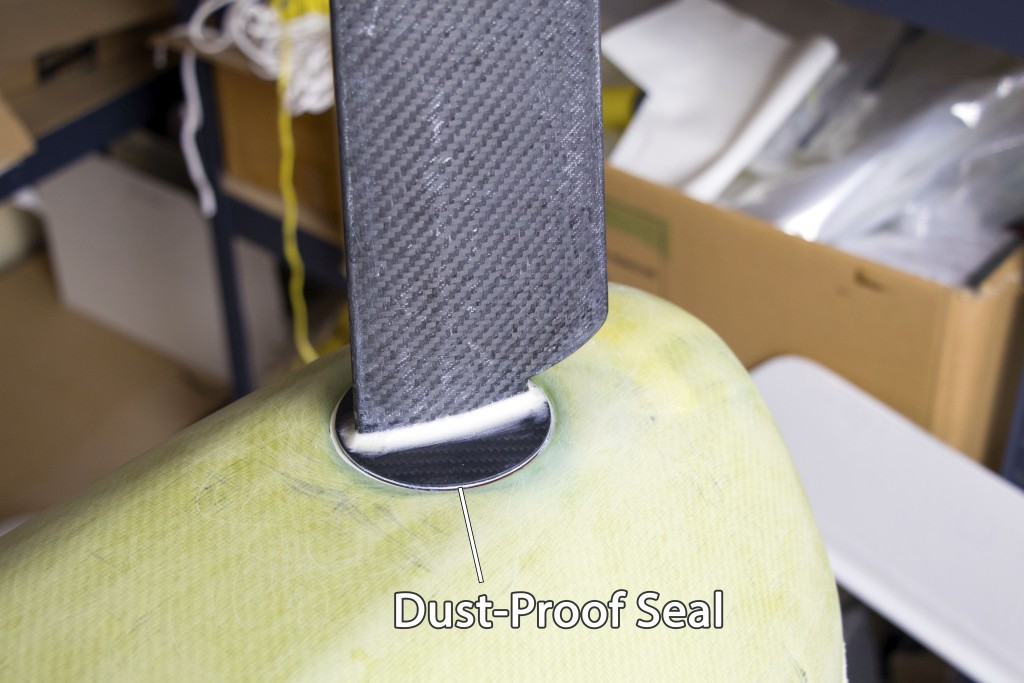


The rudder has a flange that fits in the cavity on the hull surface. The dust-proof seal (a thin flexible silicone sheet) prevents small particles from entering into the cavity.
How the rudder was built

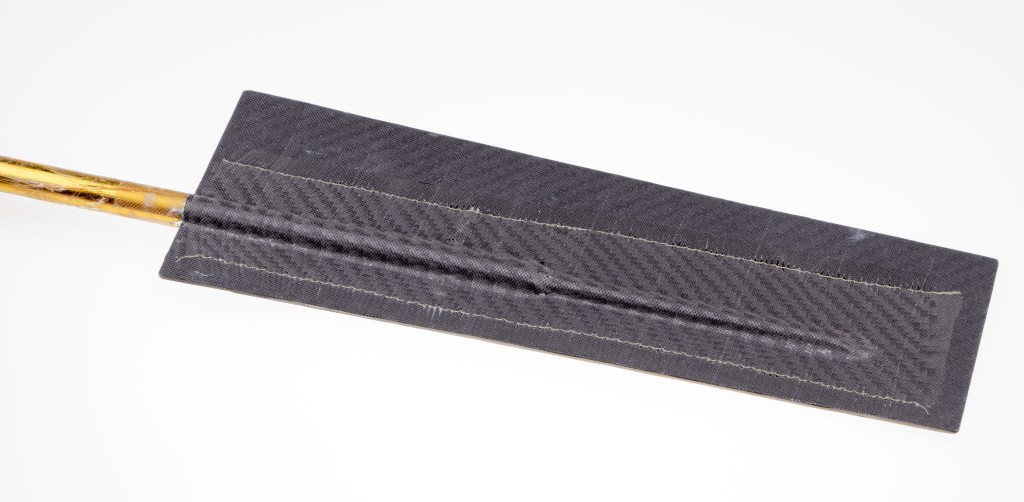


Rotary Shaft Seal
The rudder shaft is made from a polished stainless steel tube that has a good adhesion to the rubber u-cups. U-cups are special o-rings designed for rotary shaft seal.
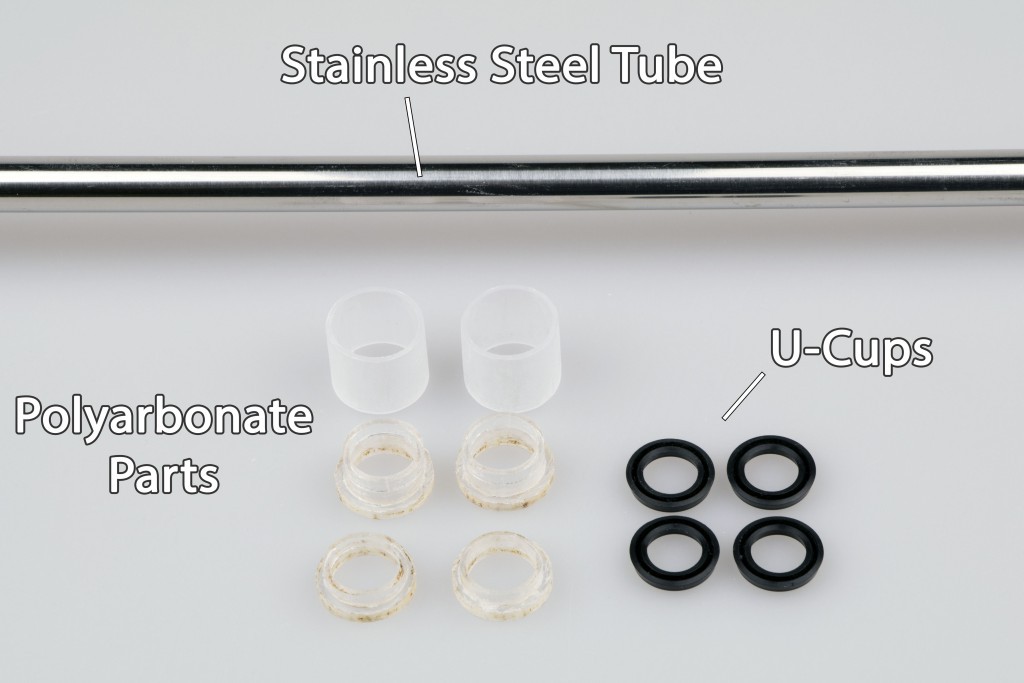

The u-cups are inserted into polycarbonate tubes which are glued inside the aluminum tube that is part of the hull skeleton. I didn't insert the u-cups directly into the aluminum tube because aluminum doesn't have as smooth finish as polycarbonate. It's all designed in a way that I can easily replace the u-cups.
Lead Casting
For casting the lead bulb, I found a couple of video tutorials on Youtube. It's the first time I'm doing this and I'm pleased with the result!
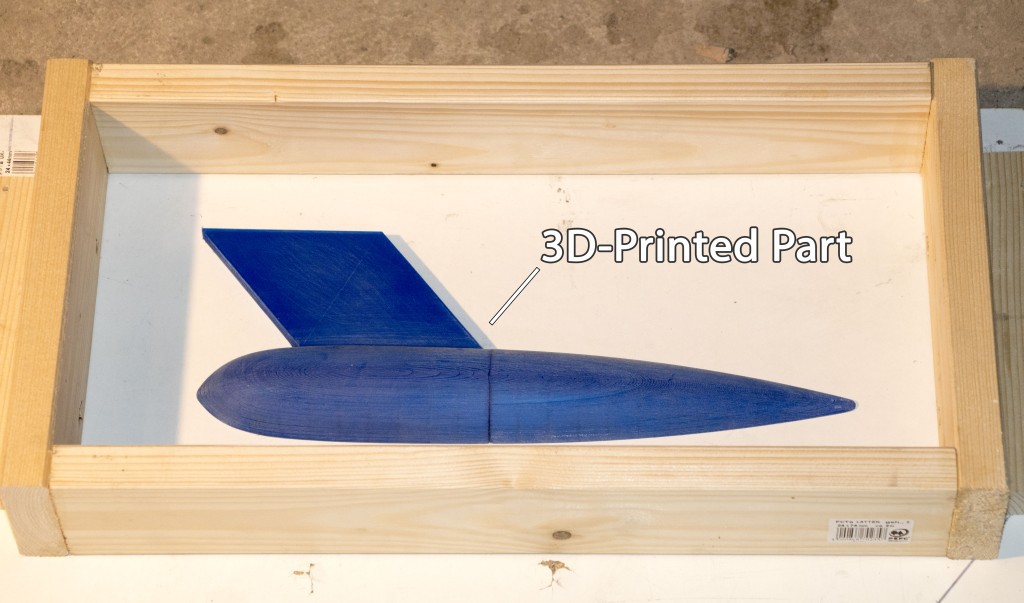

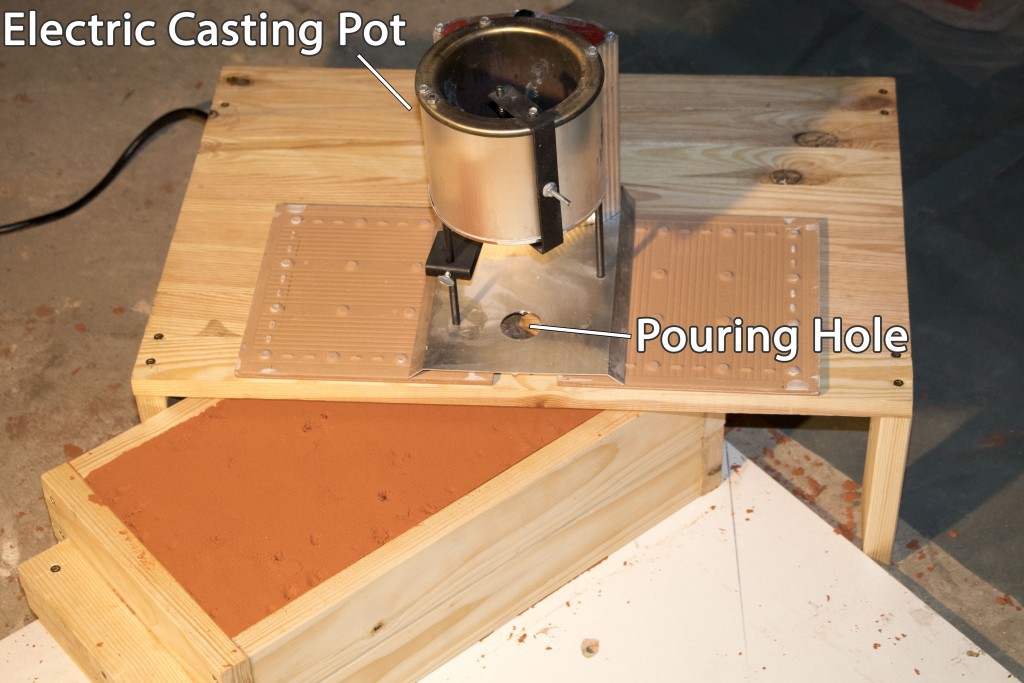
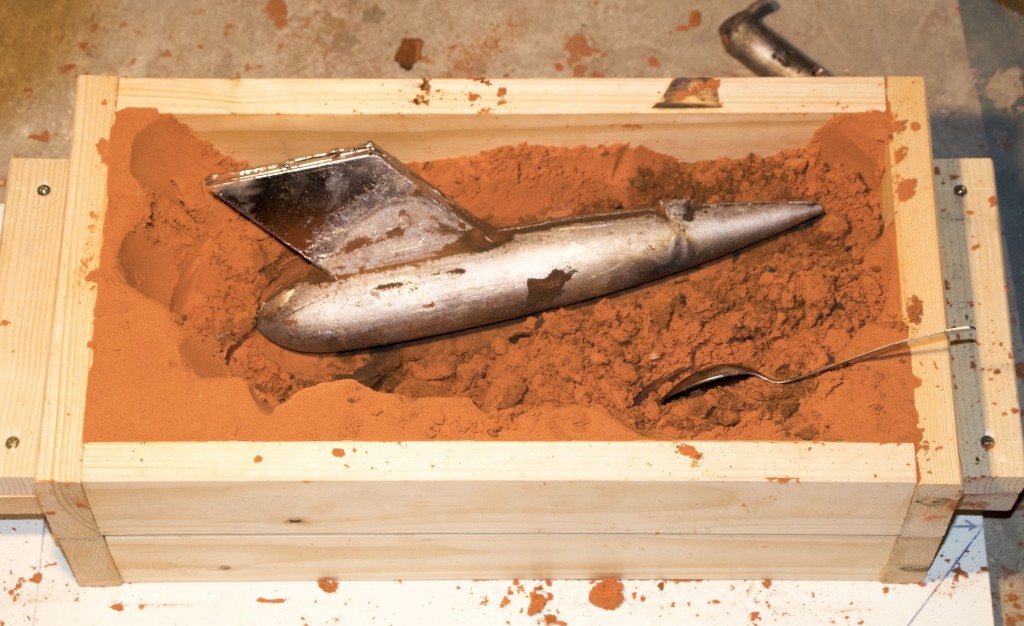
Removable Keel
The carbon fiber keel was made using resin infusion as shown in another project log.
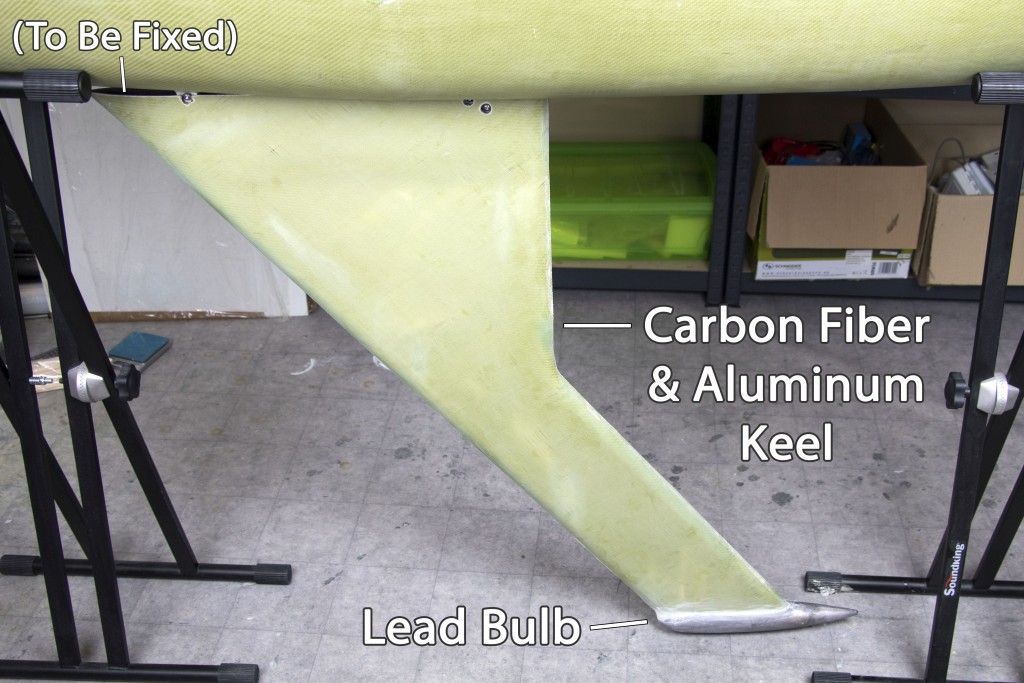
To make the keel even stronger, there is an inner skeleton made from aluminum profiles reinforced by fiberglass roving. The primary purpose of the skeleton is to attach the keel to the hull. All parts were glued together with epoxy putty.
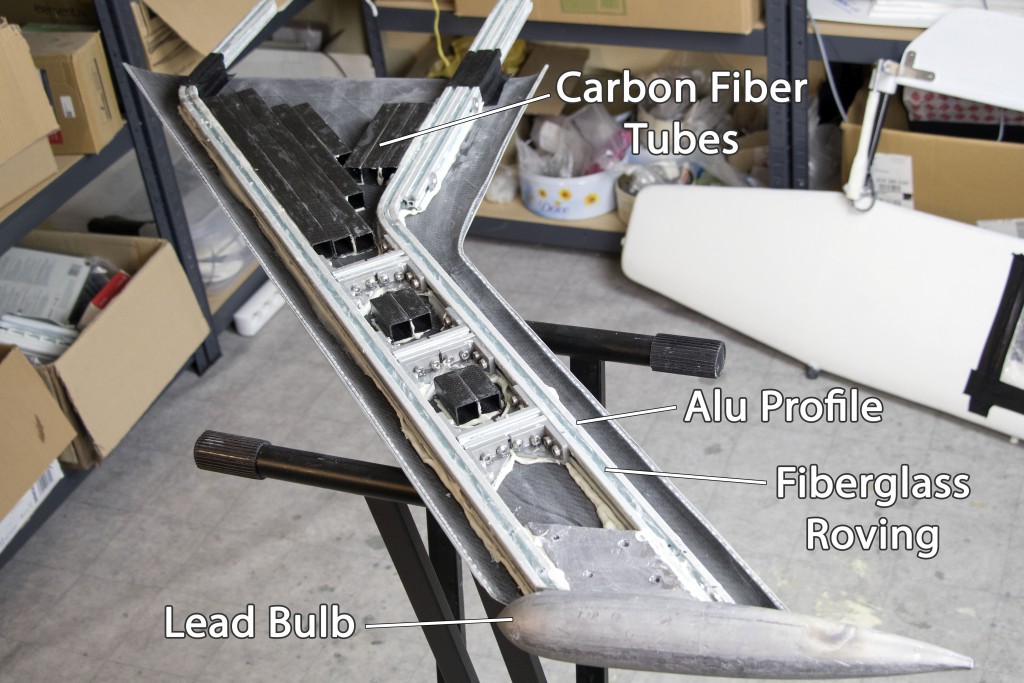

 Andy Osusky
Andy Osusky
Discussions
Become a Hackaday.io Member
Create an account to leave a comment. Already have an account? Log In.